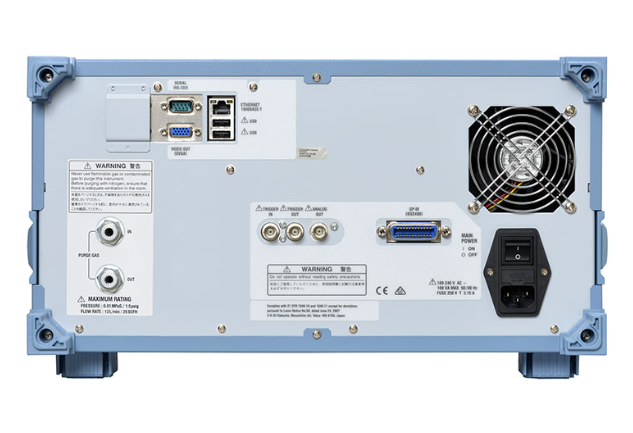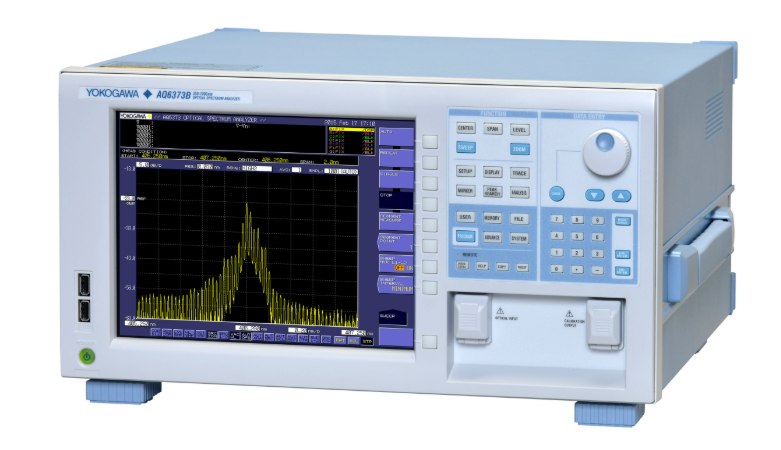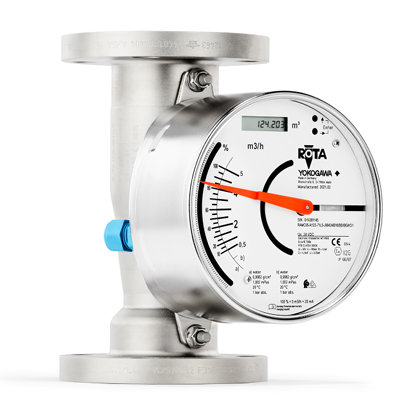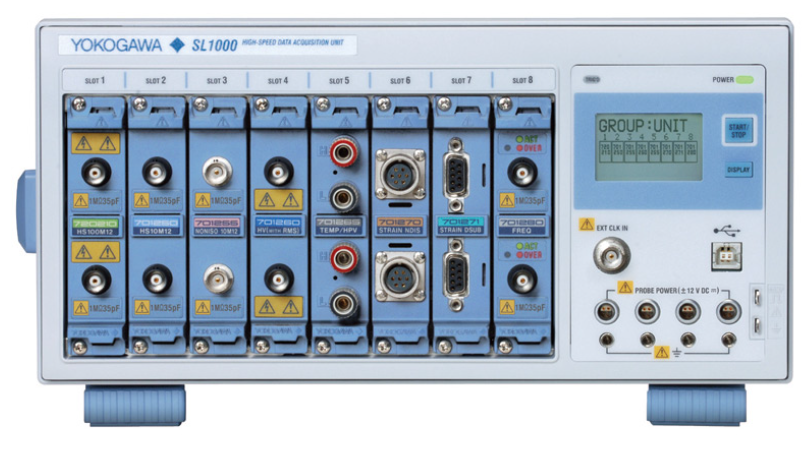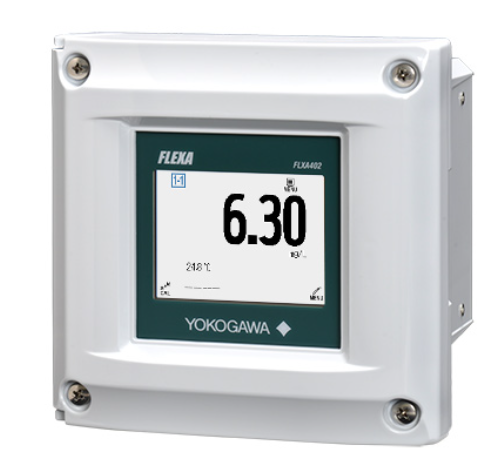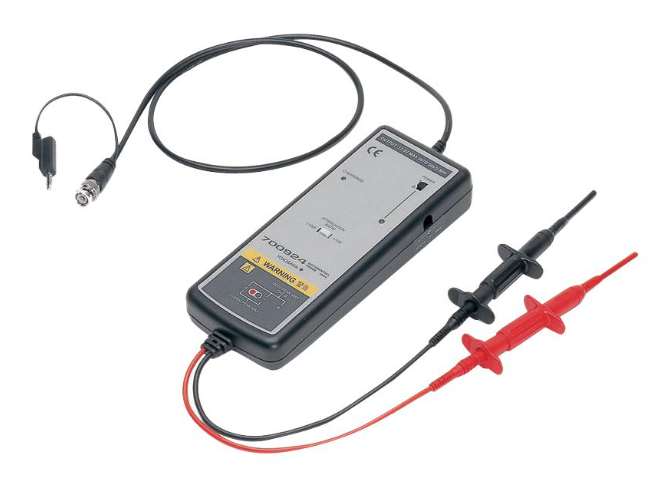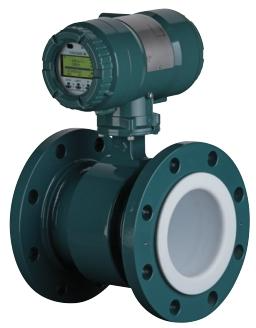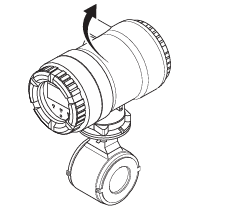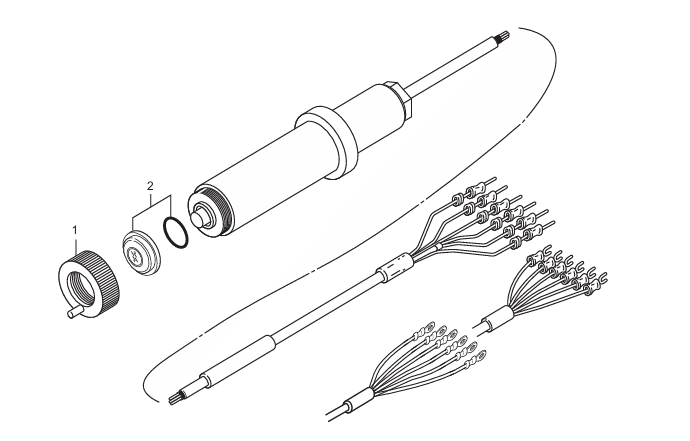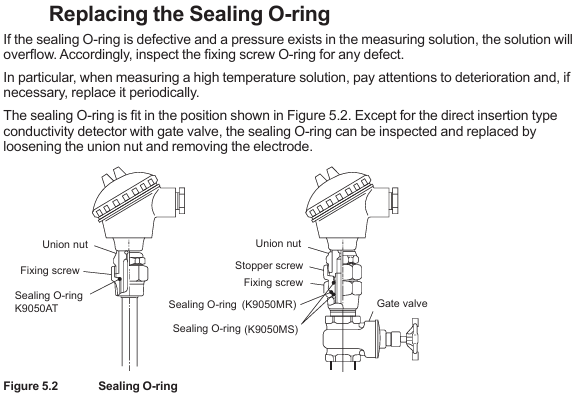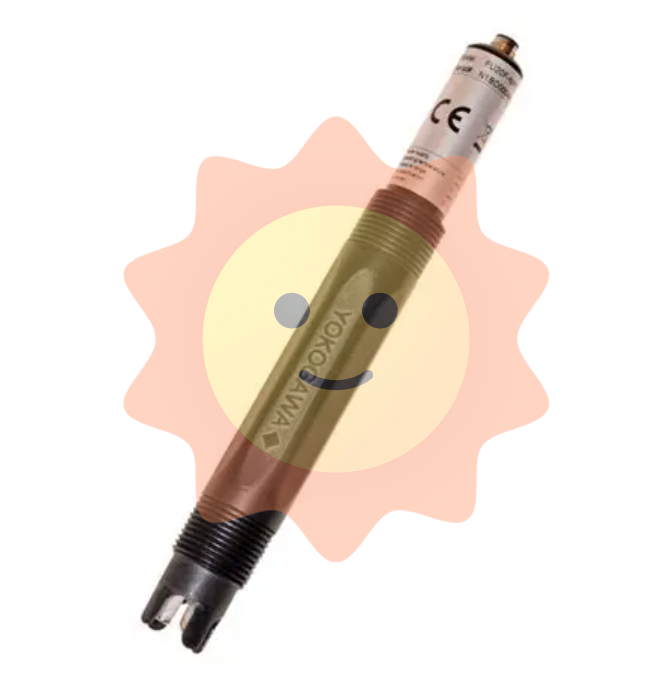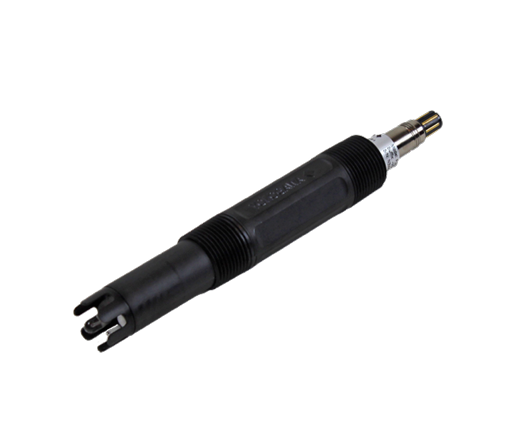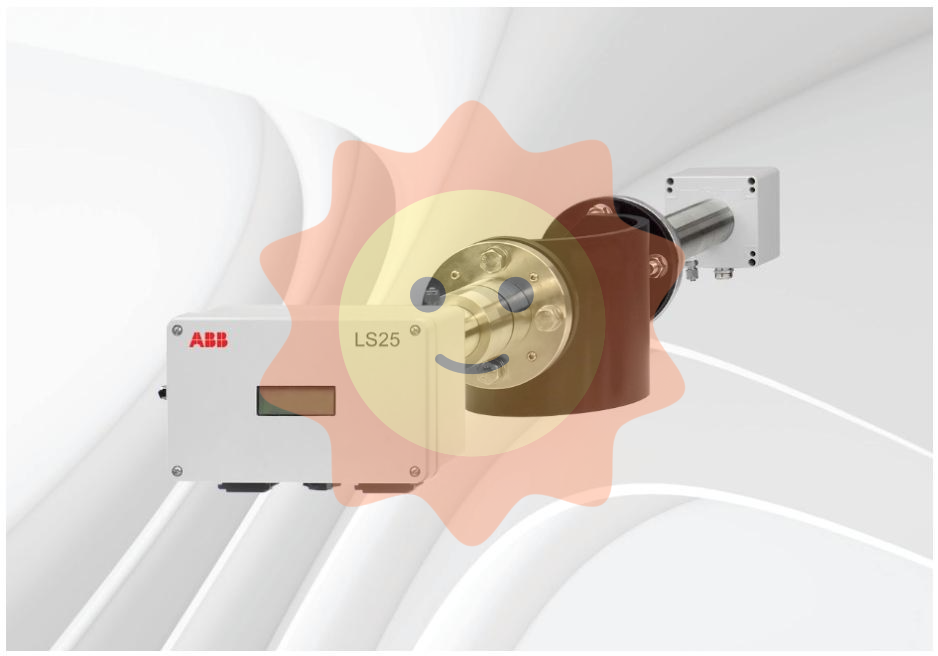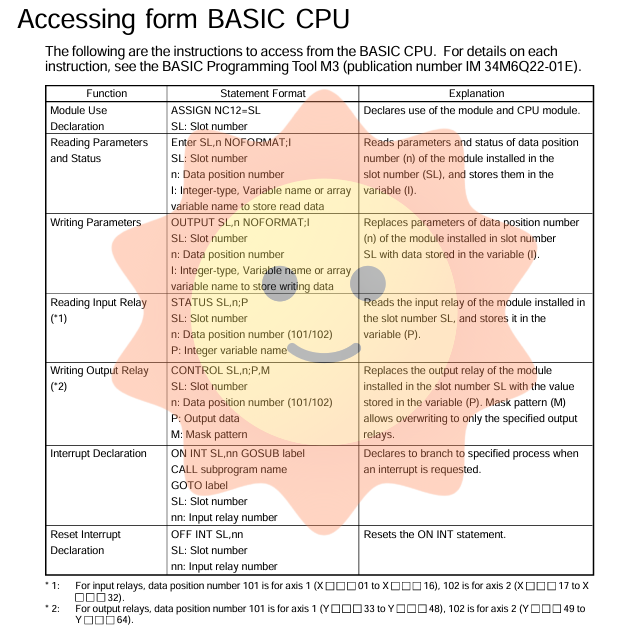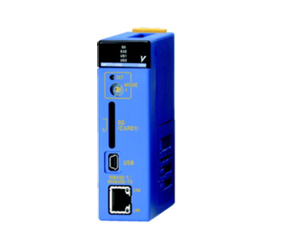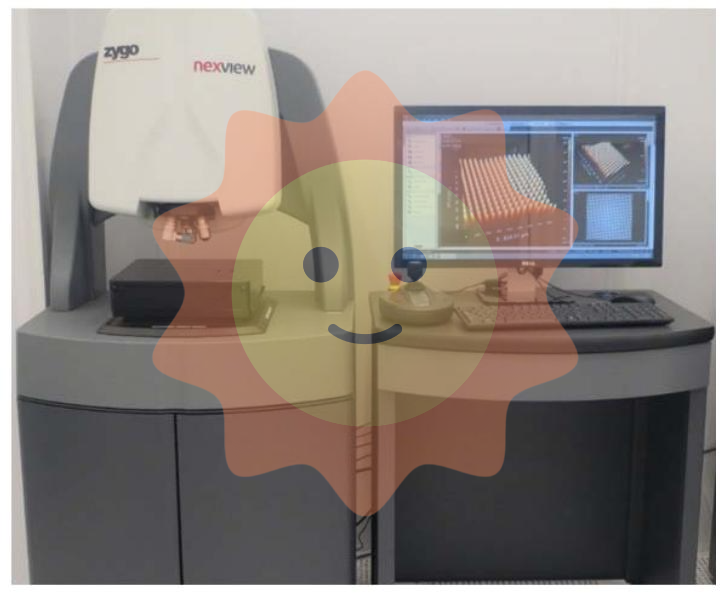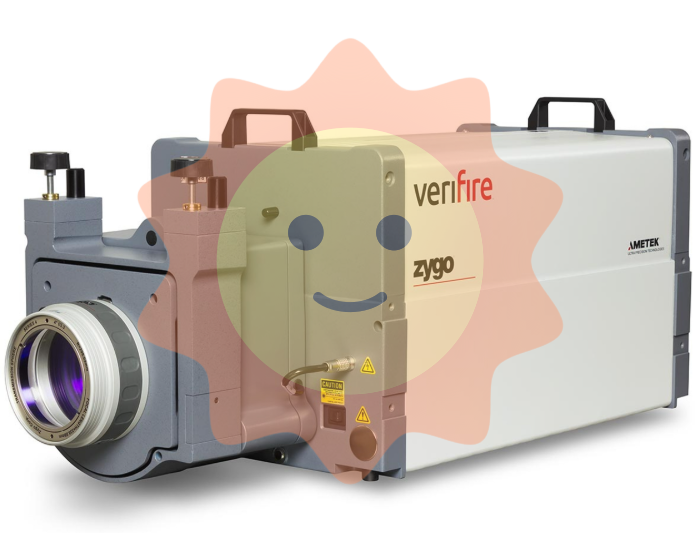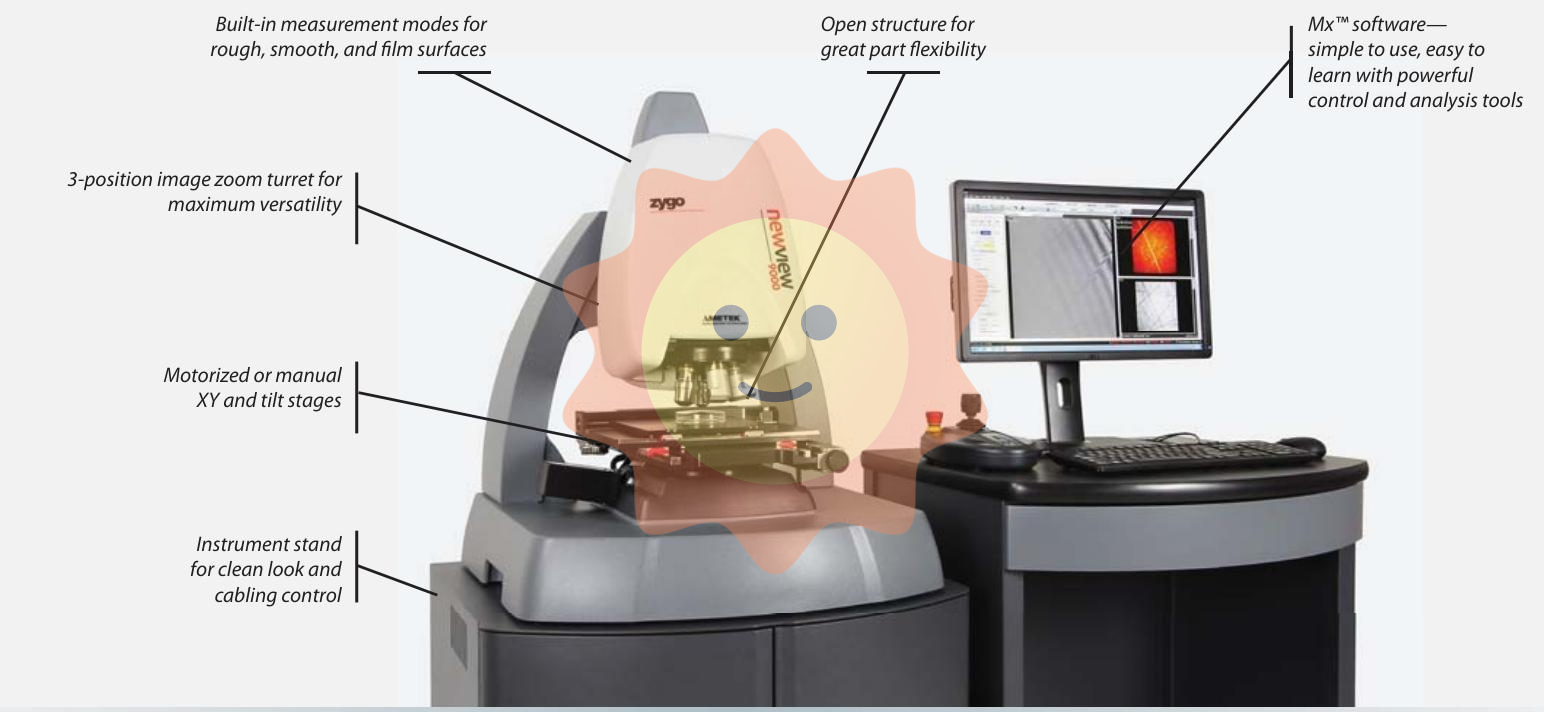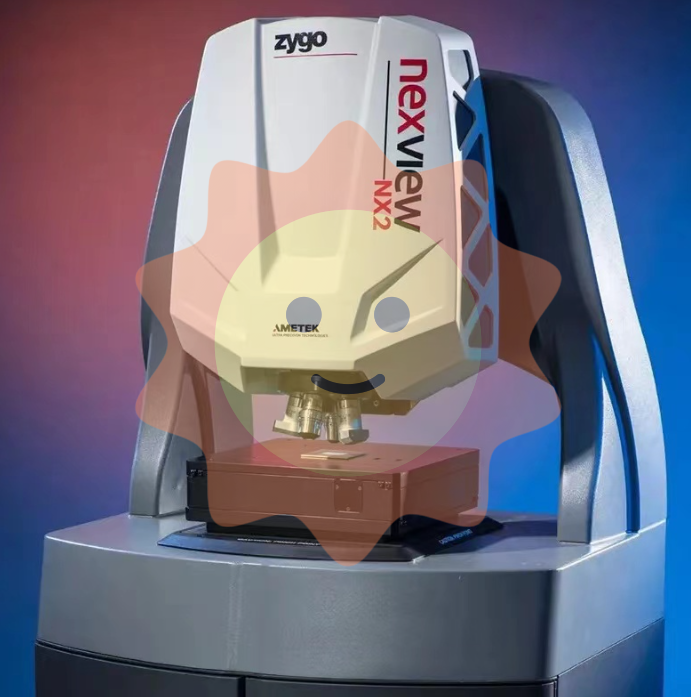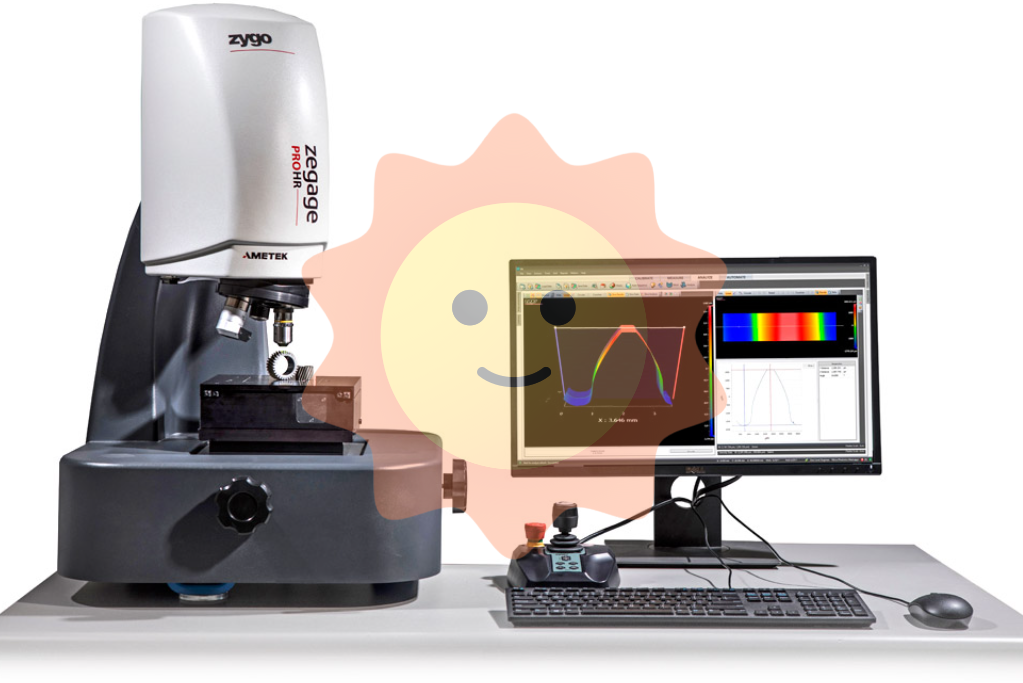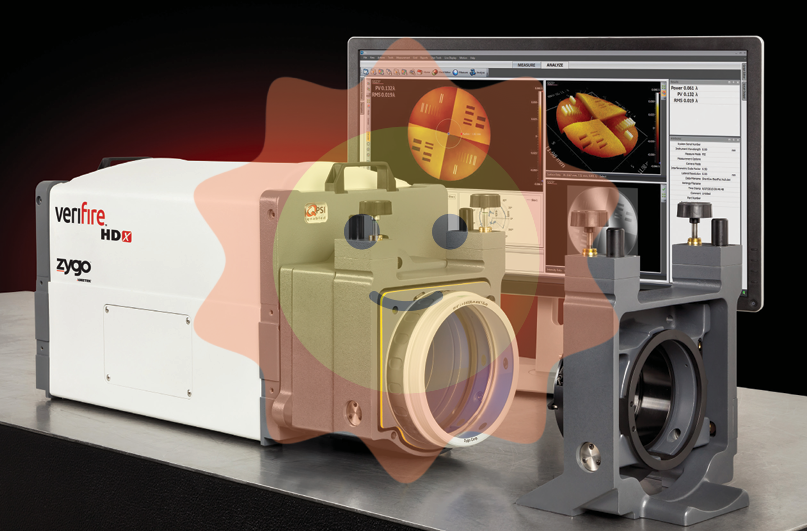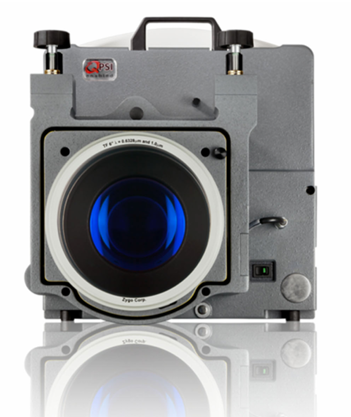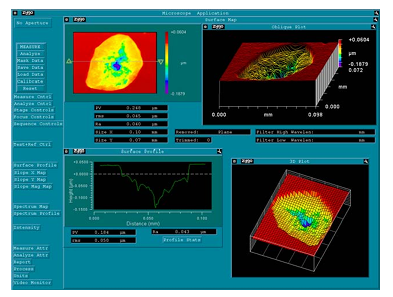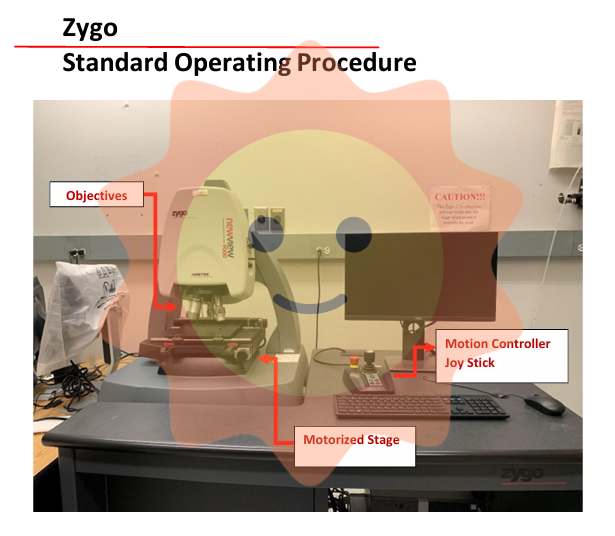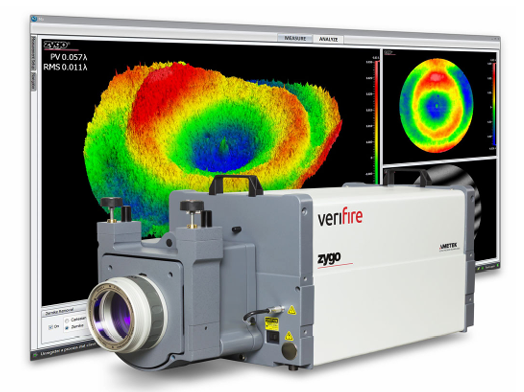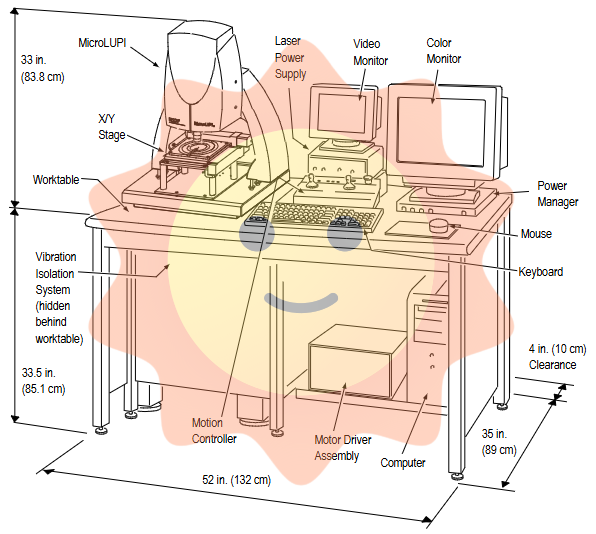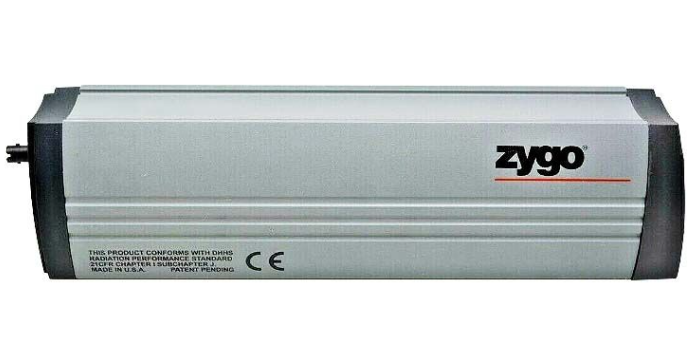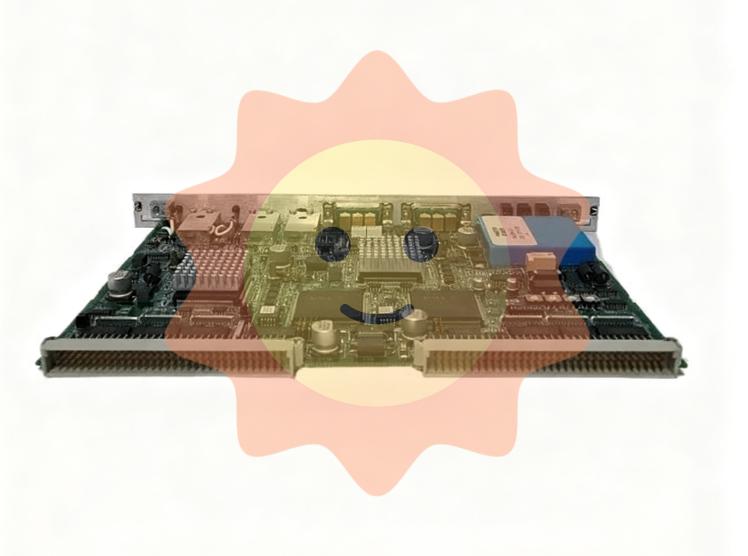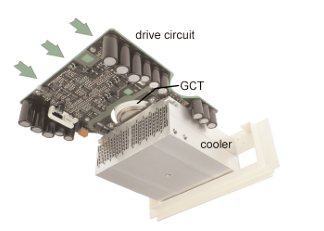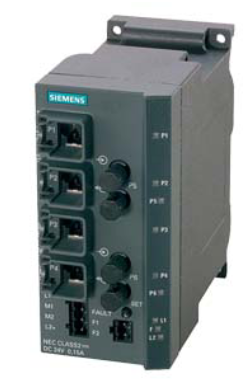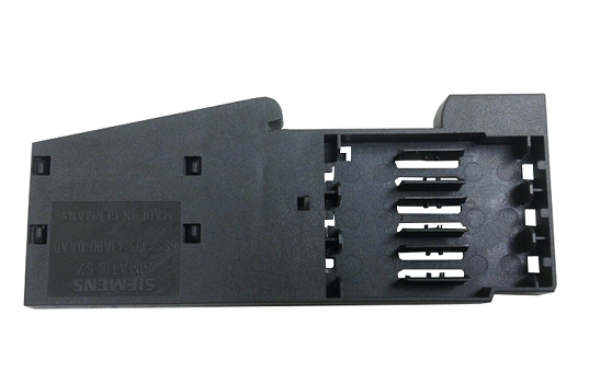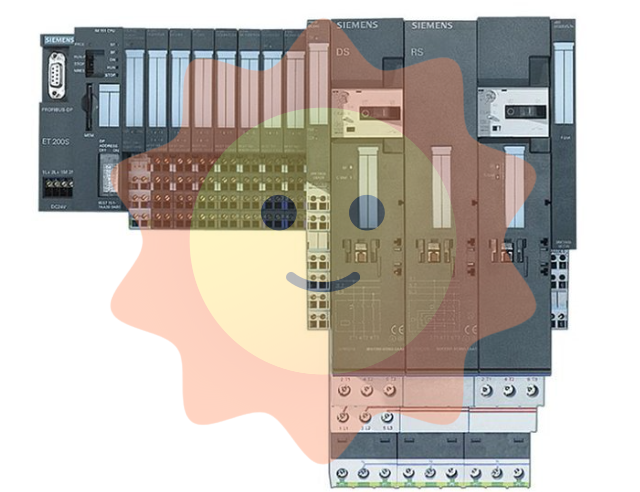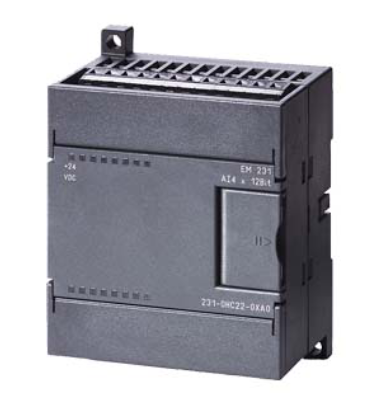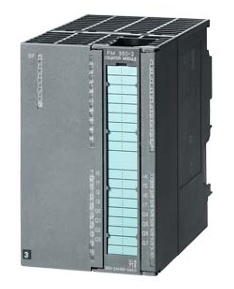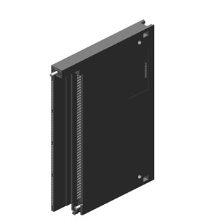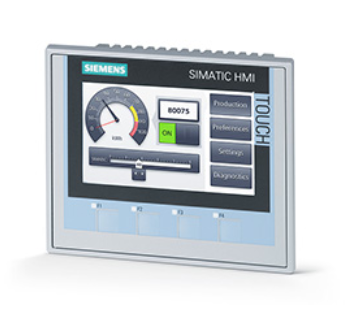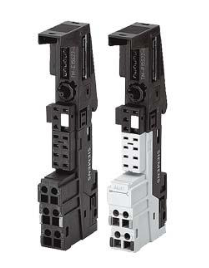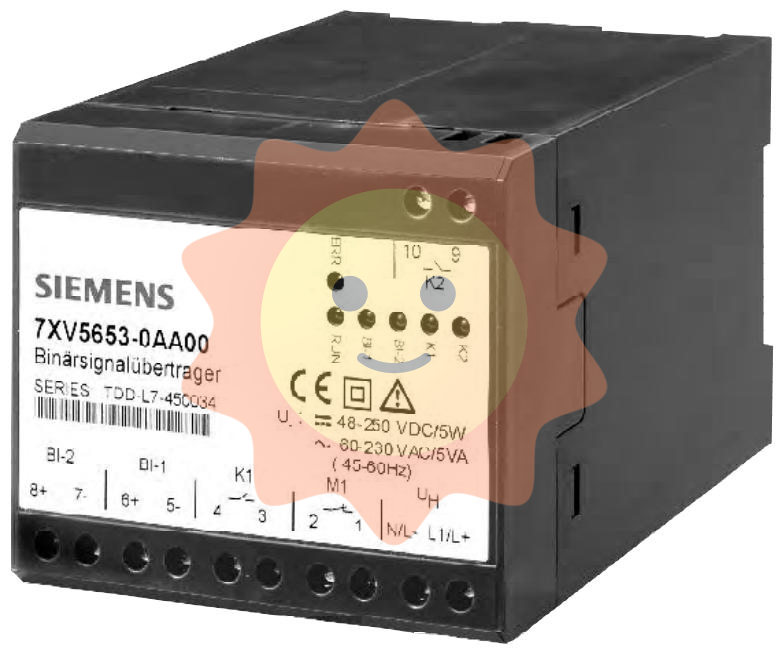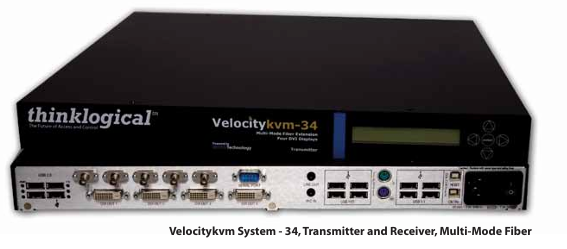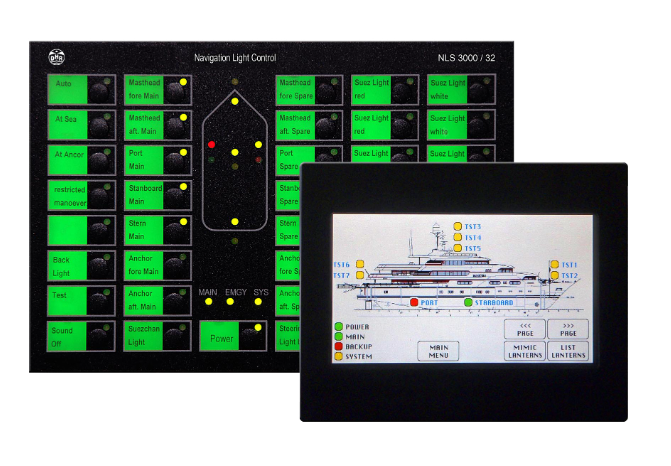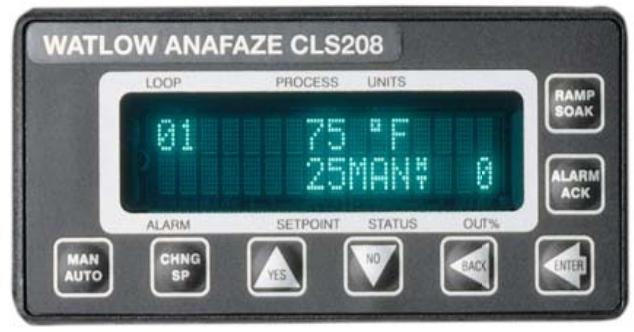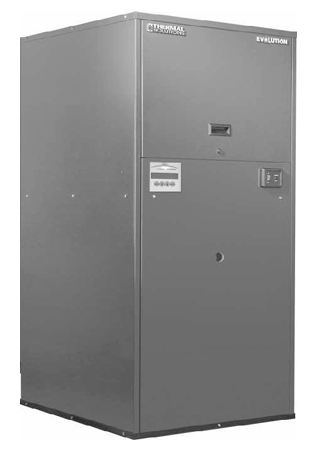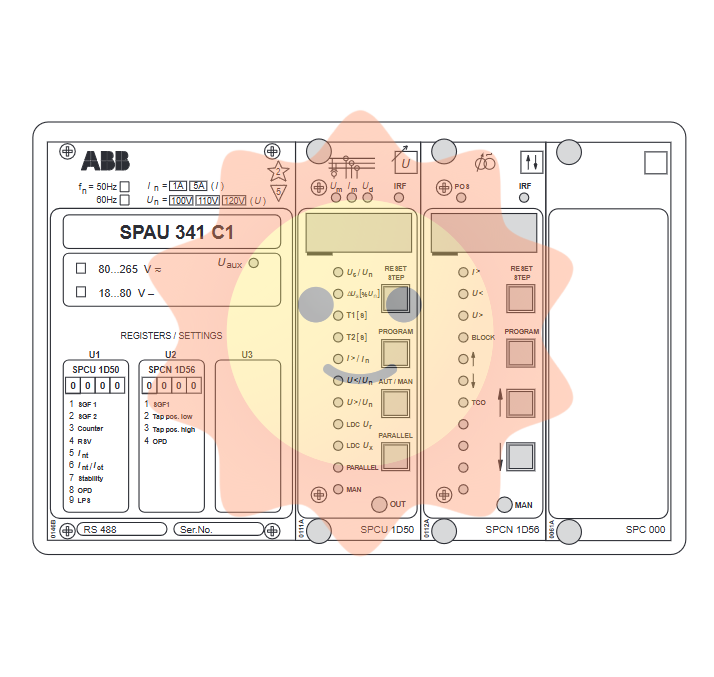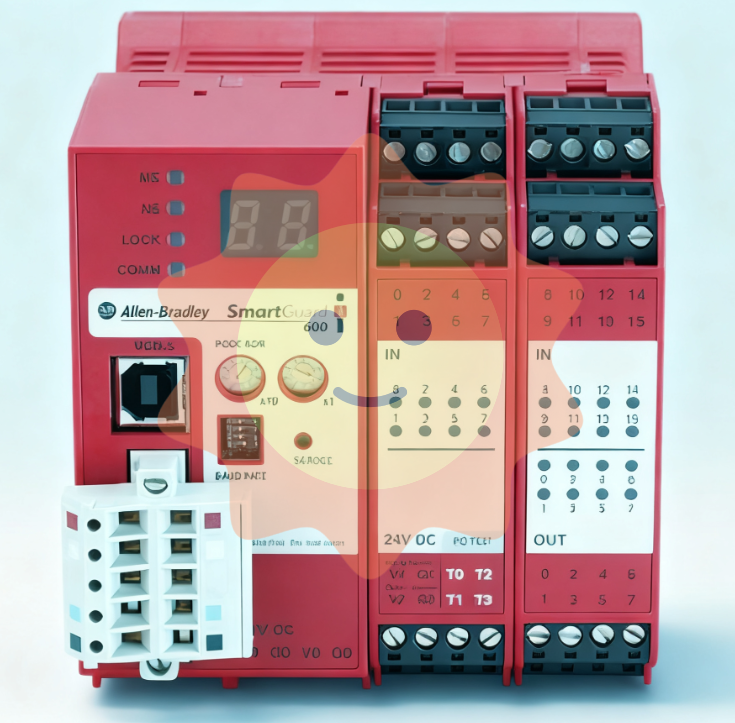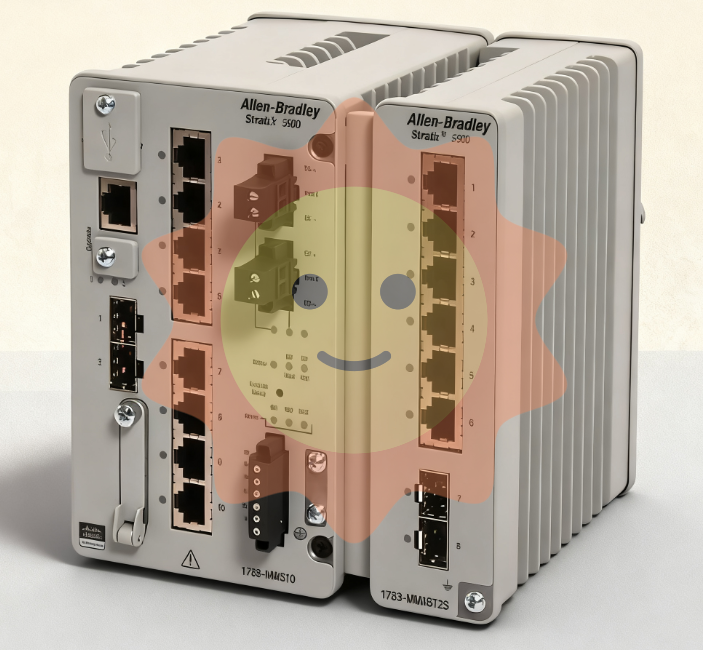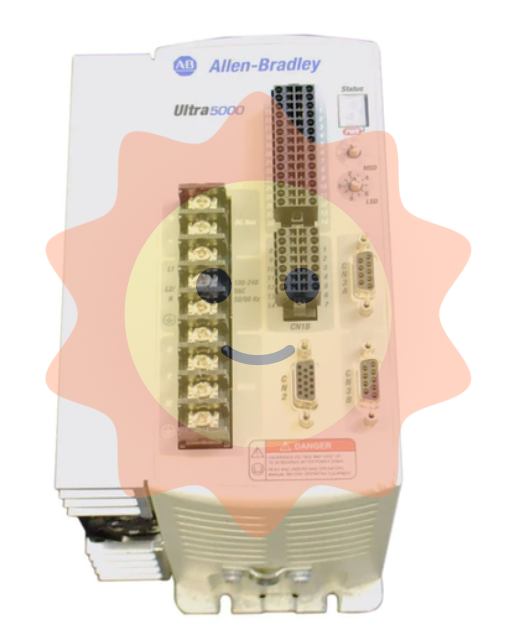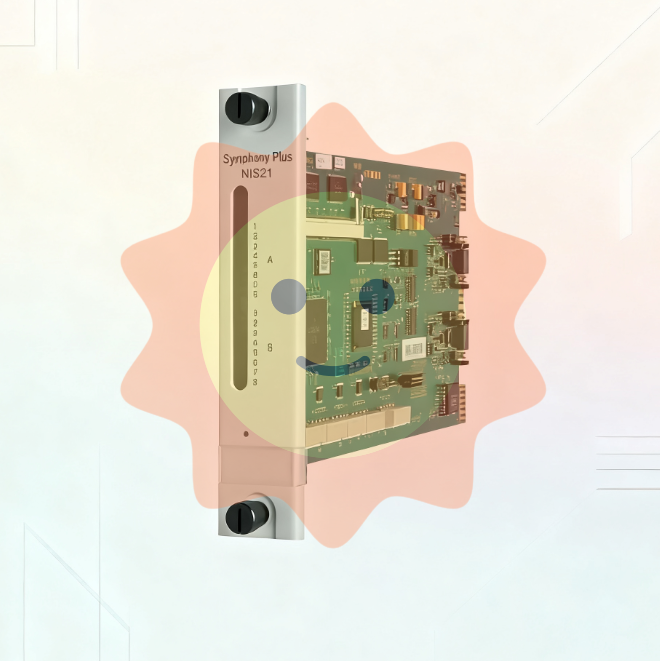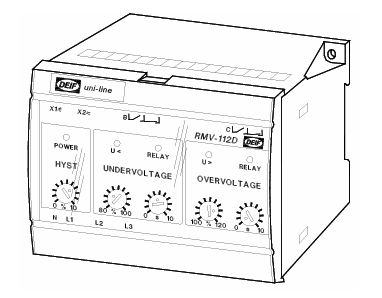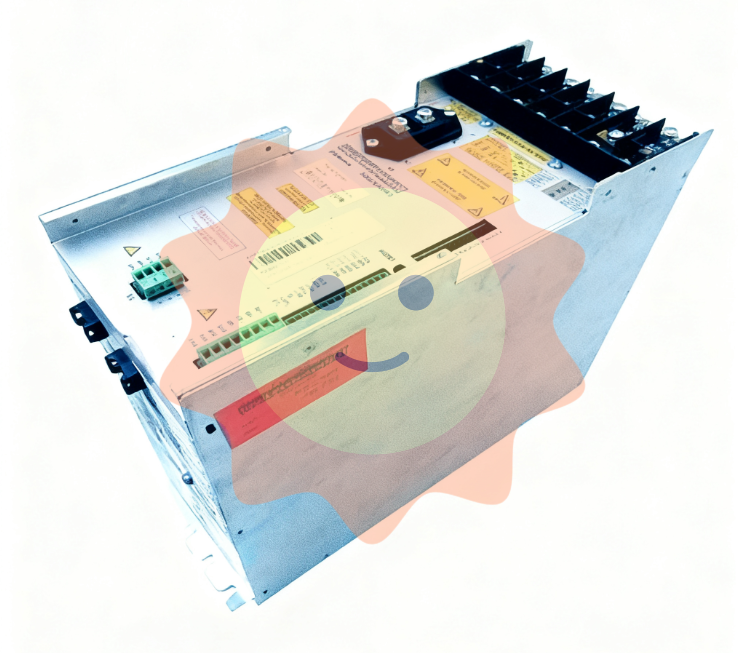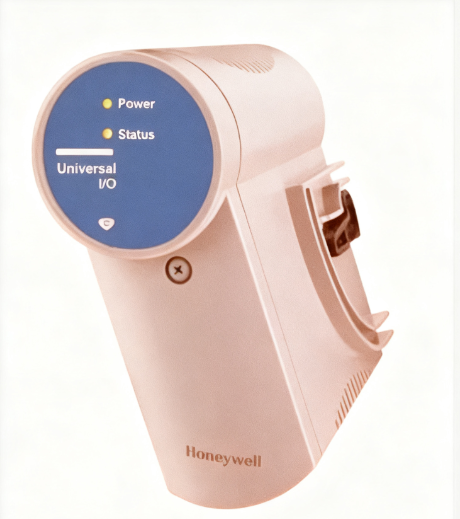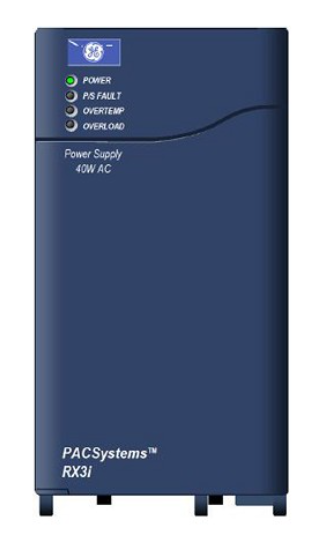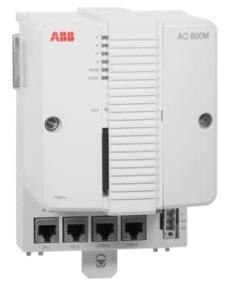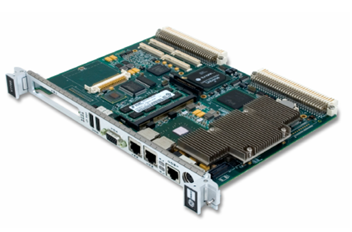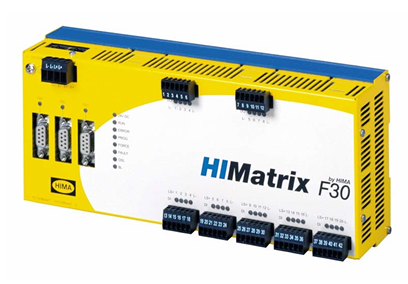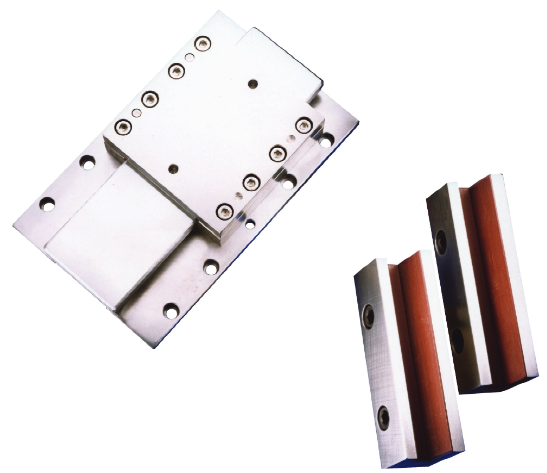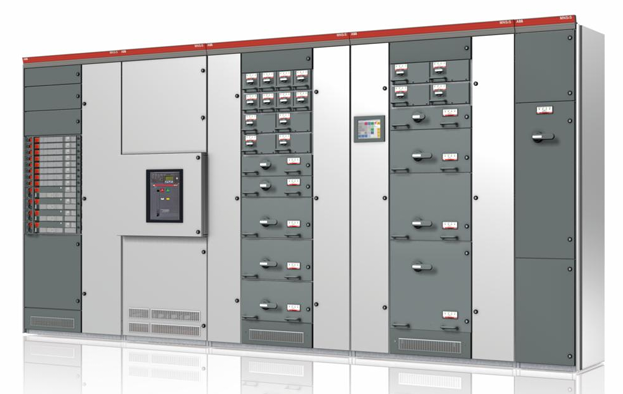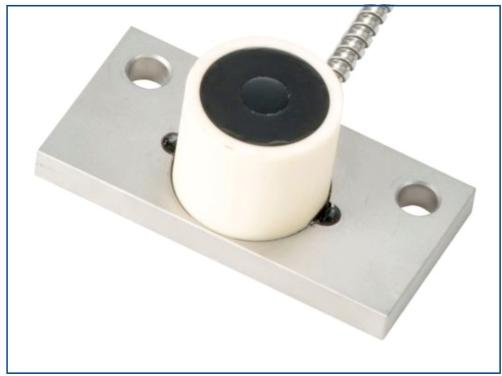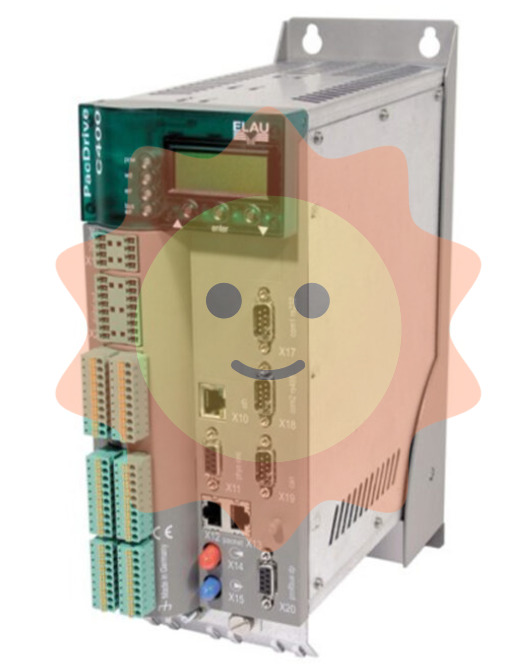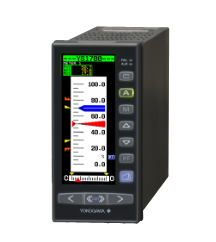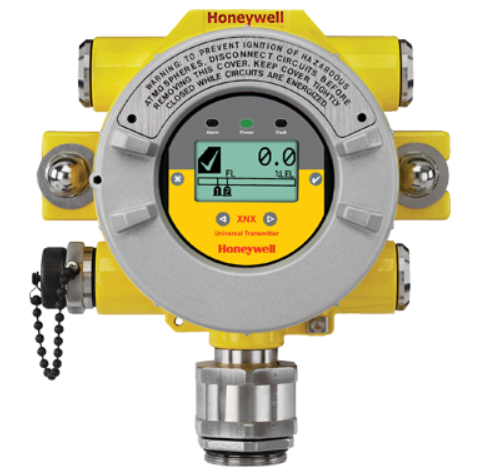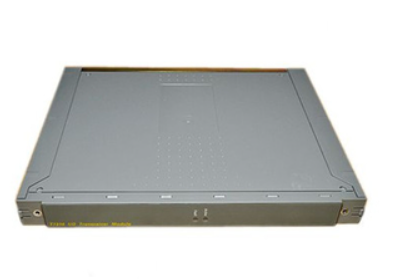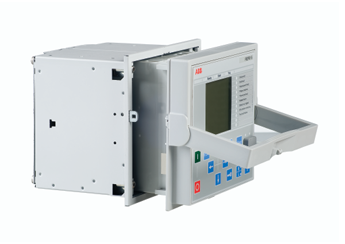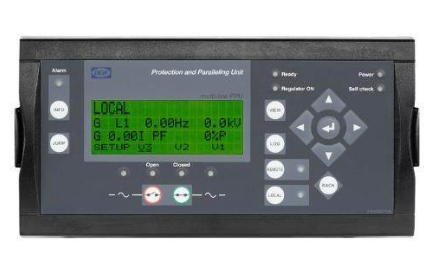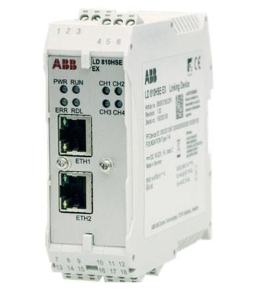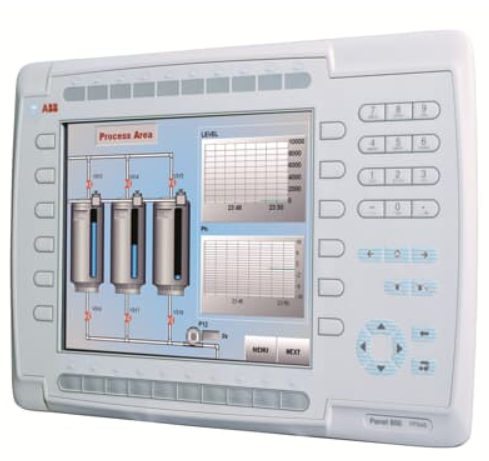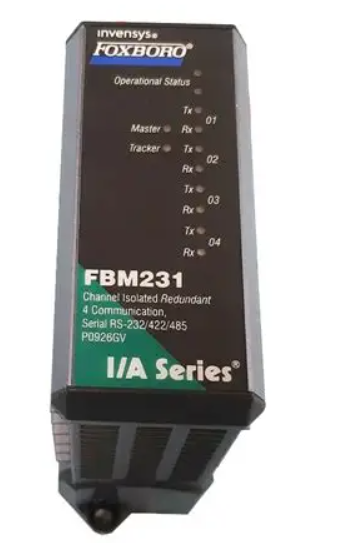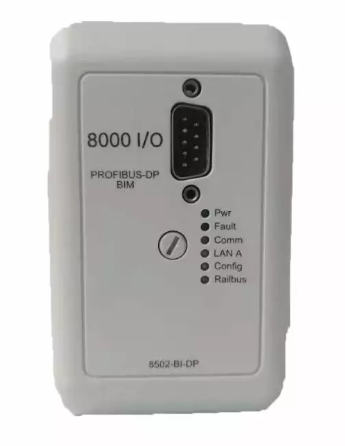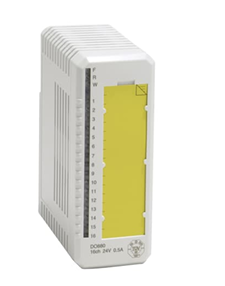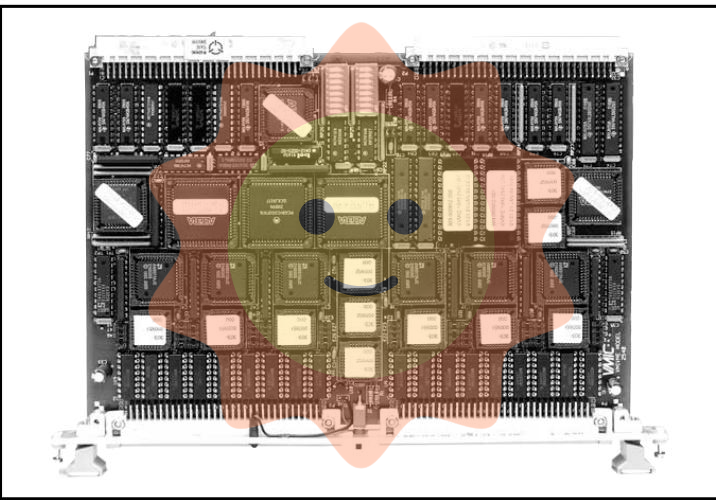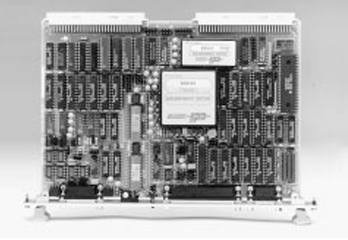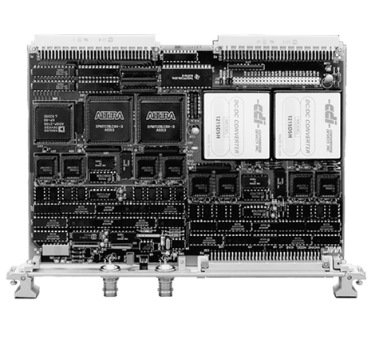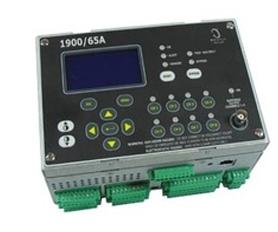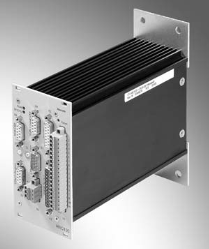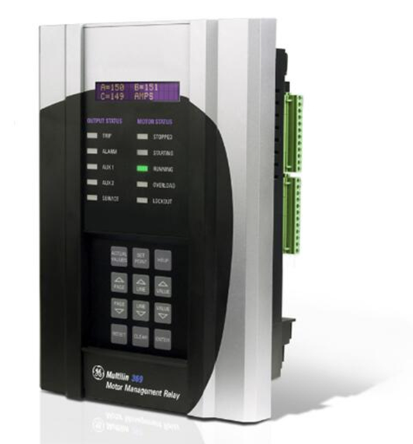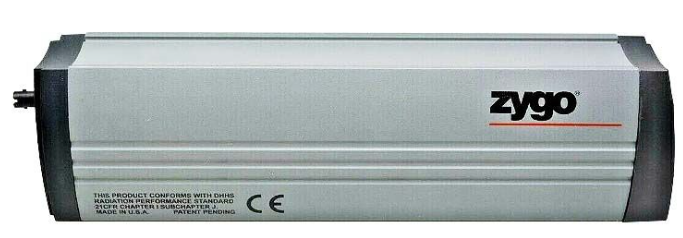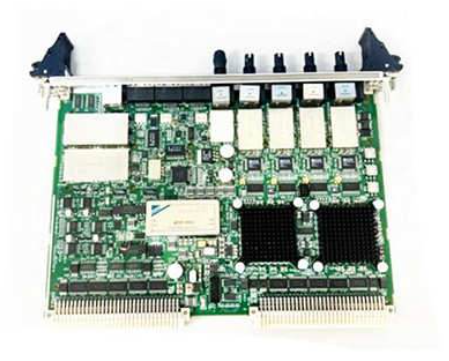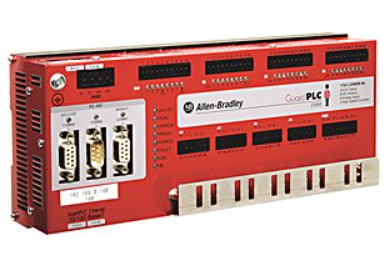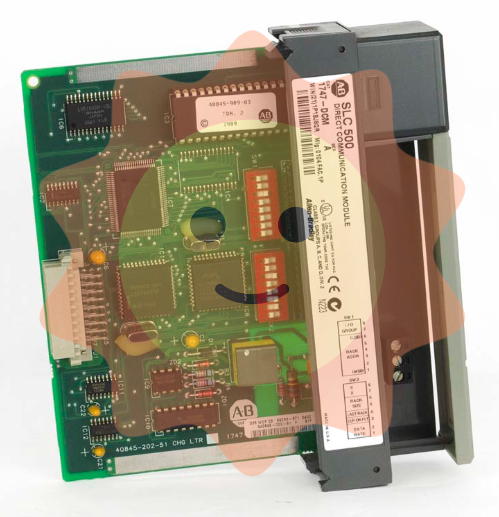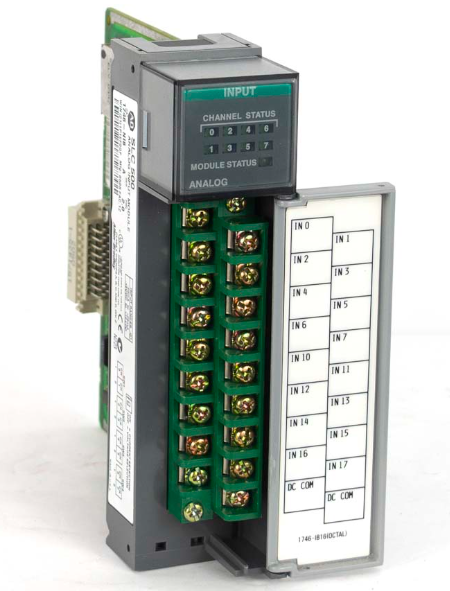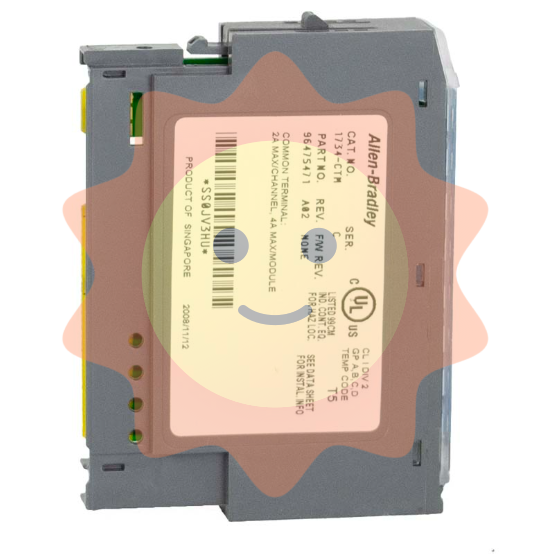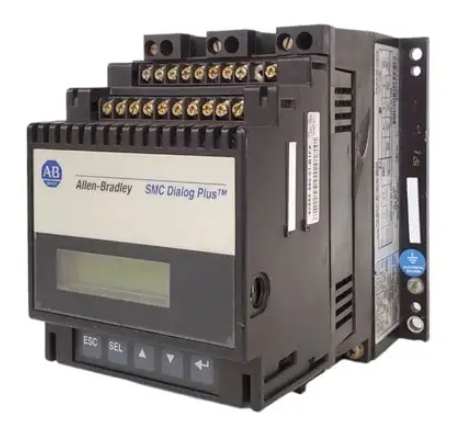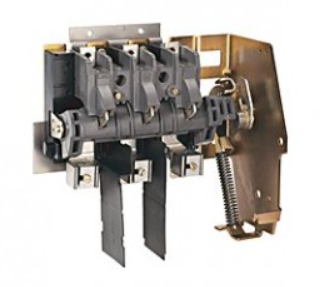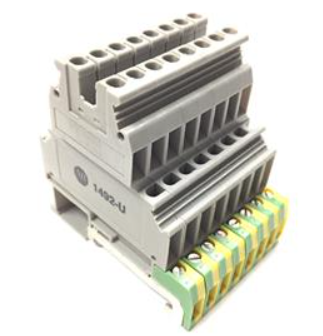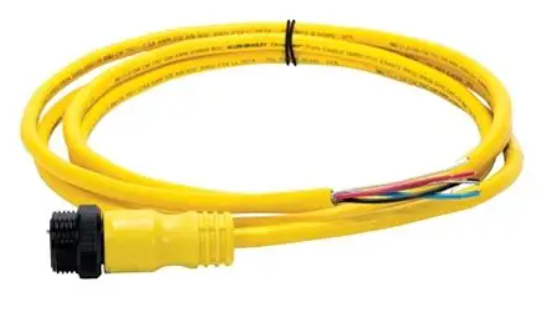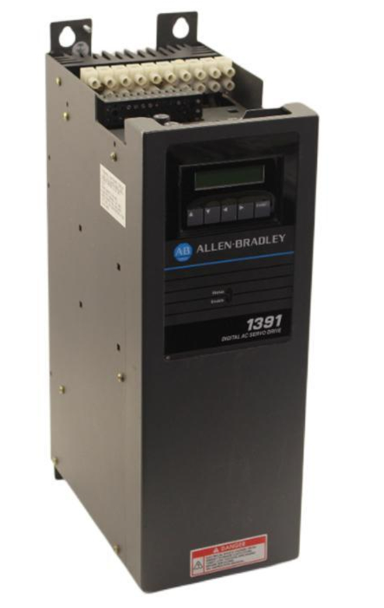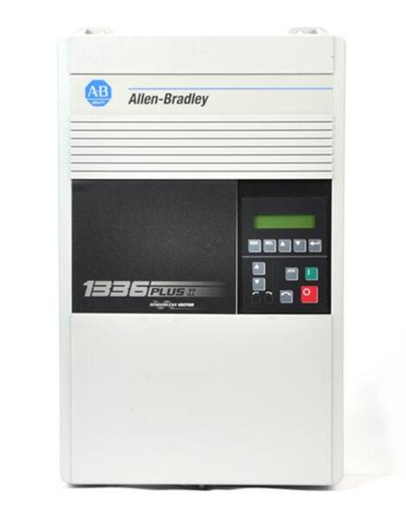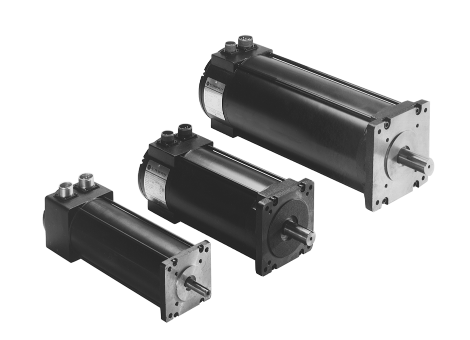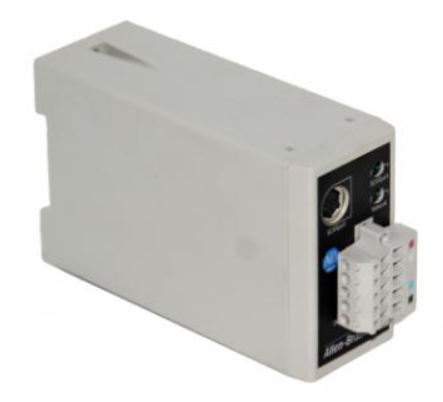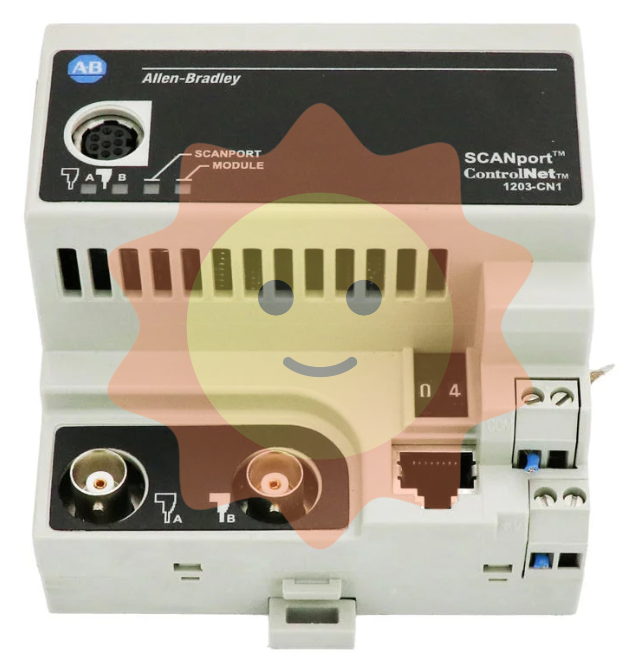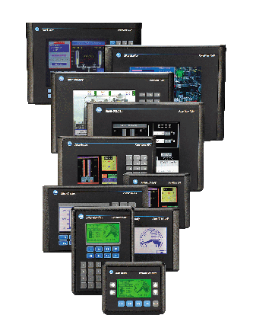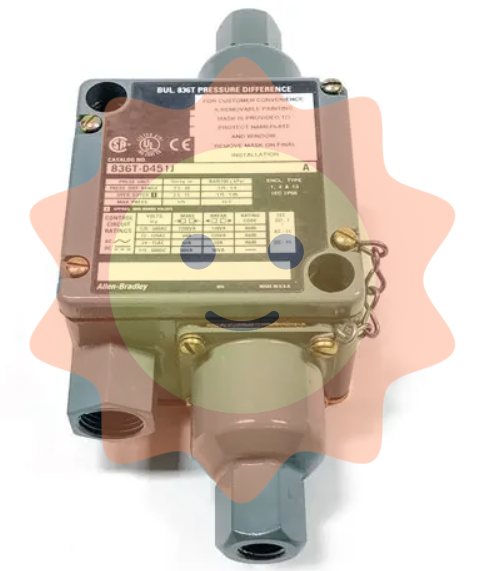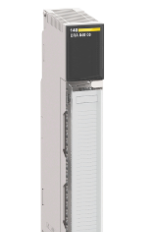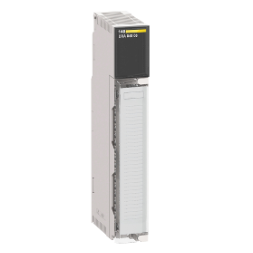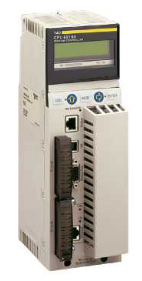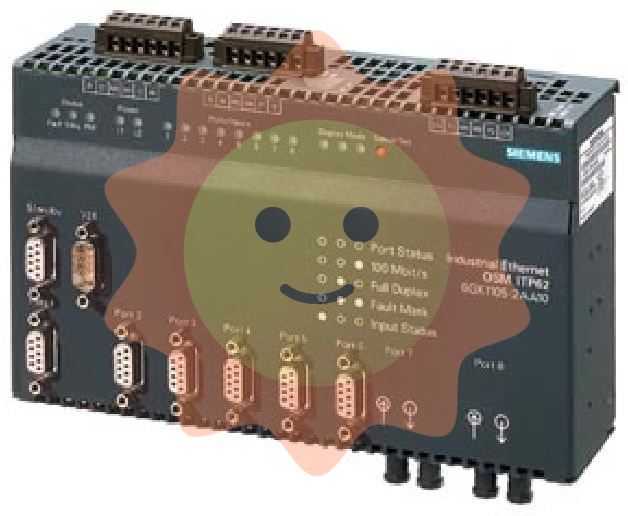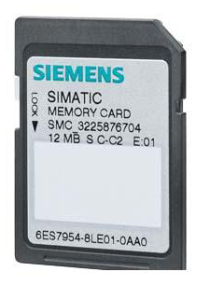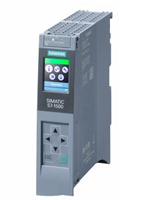Manufacturers
ABB
Model(s)
ABB Advant Controller 31, ABB Advant OCS
Additional Information
Master Field Bus (MFB): communication module for the connection of AC31 to the ABB Master Field Bus (MFB). Communication with MFB over RS485 interface
Estimated Shipping Size
Dimensions: 0.0" x 0.0" x 0.0"
(0.0 cm x 0.0 cm x 0.0 cm)
Weight: 0 lbs 0.0 oz (0.0kg )
GE GJR5251700R0101 Master Field Bus Communication Module
Basic Information
Model and Series:
This module, model number GJR5251700R0101, belongs to the main fieldbus communication module of GE (General Electric). In industrial automation systems, fieldbus communication modules are key components for connecting different devices, enabling data communication and working together.
Place of Origin Speculation:
As a global industrial giant, GE's high-precision communication modules are likely to have originated in countries or regions with advanced industrial manufacturing technologies, such as the United States (where GE is headquartered) or some of its high-end manufacturing plants in Europe. These places have strict quality control systems and advanced electronics manufacturing processes to ensure the high quality and reliability of the products.
Appearance and Physical Characteristics Speculation:
Considering its application scenario in industrial equipment, it is probably a compact circuit board module. The length is probably around 10 - 15 cm, the width is around 8 - 12 cm, and the thickness is probably between 2 - 4 cm. The weight is estimated to be relatively light, probably around 0.3 - 0.6 kg, making it easy to install in communication slots within industrial control cabinets or to integrate with other modules.
Performance Features
Communication protocol support:
As the main fieldbus communication module, it supports many of the major fieldbus protocols. For example, it may support Profibus - DP, DeviceNet, CANopen and other protocols. These protocols are widely used in the field of industrial automation. By supporting these protocols, the module is able to communicate with a large number of devices that comply with the corresponding protocol standards. For example, in an automotive manufacturing line, it can communicate with robot controllers following the Profibus - DP protocol and sensors following the DeviceNet protocol to achieve data interaction and cooperative control of devices.
Communication rate and bandwidth:
High communication rates and bandwidths are available to meet the demands of real-time transmission of large amounts of data in the industrial field. The communication rate may reach several Mbps (megabits per second), depending on the communication protocol used and the actual network configuration. For example, in an automated chemical production process, which requires real-time transmission of a large amount of temperature, pressure, flow and other sensor data, as well as control commands, the module's high communication rate and bandwidth can ensure the fast and accurate transmission of these data to avoid data congestion and delay.
Data processing and management functions:
It has powerful data processing and management capabilities. It can perform operations such as parsing, checking and caching on the received and sent data. For the received data, it can perform error checking according to preset rules, such as cyclic redundancy check (CRC), to ensure the accuracy of the data. Meanwhile, it can also cache the data, which can effectively avoid data loss when encountering network fluctuations or data bursts. In terms of data sending, it can reasonably arrange data sending according to priority and timing requirements to ensure that important control commands can be delivered to the target device in time.
Reliability and fault tolerance mechanism:
A variety of reliability measures and fault tolerance mechanisms are adopted. On the hardware side, some components of redundant design, such as power supply modules or communication interface chips, may be used to prevent single point of failure. On the software side, fault detection and automatic recovery functions are available. For example, it can try to re-establish the connection when it detects an interruption in the communication link, and it can automatically perform error correction or request a retransmission when there is a data transmission error. This reliability and fault-tolerance mechanism enables it to operate stably in complex industrial environments and reduce production interruptions caused by communication failures.
Application Areas
Industrial automated production line applications:
It plays a key role in various industrial automated production lines, such as machining, electronics manufacturing, food and beverage production. In machining production lines, it can connect CNC machine tools, automated loading and unloading equipment, quality inspection equipment, etc., to achieve automated control of the processing process and data sharing. For example, through communication with CNC machine tools, it can receive machining task commands and send them to machine tool controllers, and at the same time feed back the machine tool's operating status and machining parameters to the upper control system to ensure the accuracy and efficiency of part machining.
Role in process control systems:
In chemical, oil, natural gas and other process industries, it is used to connect various process instruments (such as temperature transmitters, pressure sensors, flow meters, etc.) and control equipment (such as PLC, DCS controller, etc.). For example, in the control system of a chemical reactor, it can transmit real-time data such as temperature and pressure inside the reactor to the controller, and at the same time send the controller's adjustment commands to the corresponding actuators (e.g., heating or cooling equipment, feed valves, etc.) to ensure that the chemical reaction process is carried out in a safe, stable and efficient manner.
Energy management system use:
In the energy management system, it can be used to connect energy metering equipment (e.g. electricity meter, water meter, gas meter, etc.) and energy management platform. By collecting energy consumption data in real time and transmitting it to the management platform, accurate monitoring and analysis of energy usage is achieved. For example, in the energy management system of a large factory, it can transmit the meter data of each workshop to the energy management software, which helps the enterprise to optimise the energy allocation strategy, reduce the energy cost and improve the energy utilisation efficiency.

- User name Member Level Quantity Specification Purchase Date
- Satisfaction :
-









Email:wang@kongjiangauto.com

